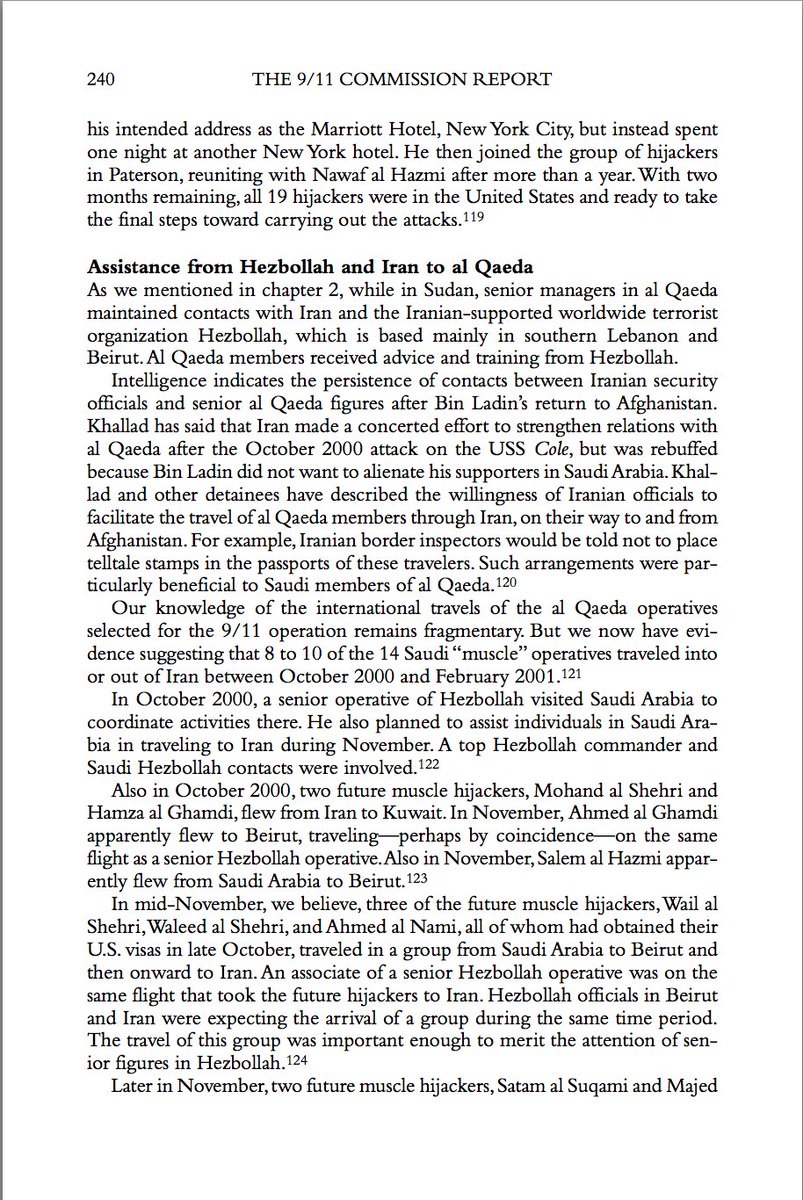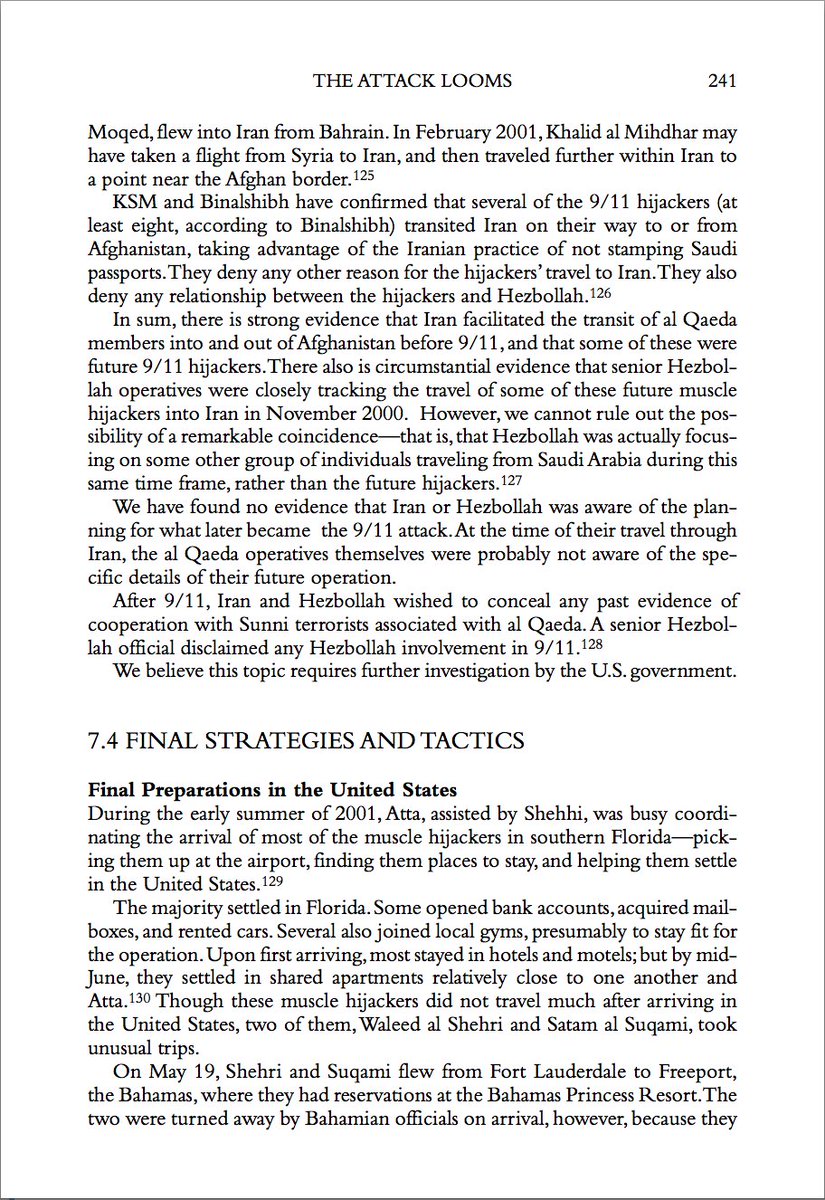This should have been part of the Iran nuclear talks, yet nothing was to convolute the matter including missiles, prisoners and historical terror. Today, Europe recognized the Iranian violations but refuse to do anything. A world further divided.
Netanyahu demands world powers punish Iran for ‘Israel must be wiped out’ missile tests
DN: Israeli Prime Minister Benjamin Netanyahu on Sunday called on world powers to punish Iran after the country test-fired two ballistic missiles emblazoned with the phrase “Israel must be wiped out” in Hebrew.
Netanyahu said he instructed Israel’s Foreign Ministry to direct the demand to the United States, Russia, China, Britain, France and Germany — the countries that signed the deal lifting sanctions on Iran in exchange for Tehran curbing its nuclear program.
Iran’s Revolutionary Guard test-launched the ballistic missiles last week, the latest in a series of recent tests aimed at demonstrating Iran’s intentions to push ahead with its missile program after scaling back its nuclear program under the deal reached last year.
Following last week’s missile launches, United Nations Secretary-General Ban Ki-moon called on Iran to “act with moderation,” and the U.S. ambassador to the United Nations said the launches were “provocative and destabilizing.” Meanwhile, Russia says no new UN sanctions on Iran over missile tests.
Now to the 9-11 case:
Iran Told to Pay $10.5 Billion to Sept. 11 Kin, Insurers
Bloomberg: Iran was ordered by a U.S. judge to pay more than $10.5 billion in damages to families of people killed in the Sept. 11, 2001, terrorist attacks and to a group of insurers.
U.S. District Judge George Daniels in New York issued a default judgment Wednesday against Iran for $7.5 billion to the estates and families of people who died at the World Trade Center and Pentagon. It includes $2 million to each estate for the victims’ pain and suffering plus $6.88 million in punitive damages.
Daniels also awarded $3 billion to insurers including Chubb Ltd. that paid property damage, business interruption and other claims.
Earlier in the case, Daniels found that Iran had failed to defend claims that it aided the Sept. 11 hijackers and was therefore liable for damages tied to the attacks. Daniels’s ruling Wednesday adopts damages findings by a U.S. magistrate judge in December. While it is difficult to collect damages from an unwilling foreign nation, the plaintiffs may try to collect part of the judgments using a law that permits parties to tap terrorists’ assets frozen by the government.
The case is In Re Terrorist Attacks on September 11, 2001, 03-cv-09848, U.S. District Court, Southern District of New York (Manhattan).
In case you did not read the 9-11 Commission Report:
Read below about Iran/Hezbollah & 9/11 hijackers’ travels, see pp. 240-241 of the 9/11 Commission Report.


CIS: On July 23, 2001, a former senior Iranian intelligence officer,Abolghasem Mr. Mesbahi,learned that Iran’s plan to strike the United States had been activated. Mr. Mesbahi knew it was important and real because he had worked on this plan previously, when he had helped set up Iran’s intelligence service, the MOIS, as far back as the mid-1980s. Mr. Mesbahi – known outside Iran as one of a core of “Assassins”- told German intelligence, which had given him protected status as a key witness in German prosecutions of brutal Iranian assassinations of dozens of dissidents.
On Aug. 13, 2001, Mr. Mesbahi received greater specificity as to the plot. The coded messages from former colleagues inside Iran revealed that the longtime plan to crash civilian airliners into American cities had been activated. Again, the officer told his German handlers, who responded that they would convey the information – we do not know if they did or to whom or exactly what information they might have passed on – and the Germans would let Mr. Mesbahi know if there were any developments. On Aug. 27, 2001, Mr. Mesbahi once more received confirmation that the plan was in motion, and the messages indicated a German connection. The 9/11 Commission would later confirm that key 9/11 liaison Ramzi Binalshibh and pilots Mohammad Atta and Ziad Jarrah were all German residents leading up to Sept. 11.
After Sept. 11, Mr. Mesbahi approached an American he knew was well-versed in Iranian affairs and told him of his foreknowledge of the Sept. 11 plan and how the plot to crash the then existing Boeing 747 aircraft into New York, Washington and Chicago had evolved in Iran years prior. The Pentagon, White House and World Trade Center had been on the hit list. Back in the 1980s, Iran had decided, he said, that to defeat the United States, it needed to engage in asymmetric warfare.
Mr. Mesbahi is one of three Iranian defectors in a case that took eight years to develop. His affidavit remains under seal in a case in which a judgment was signed late last month in New York federal court, Havlish v. Iran,which establishes that the joint enterprise of Iran, Hezbollah and al Qaeda were responsible for the Sept. 11 attacks. His testimony has been deemed credible by former CIA Middle East undercover officers and supervisors Clare Lopez and Bruce Tefft, also experts in the case representing Sept. 11 victim’s families. Mr. Mesbahi had direct contact with Iran’s leaders during the 1980s and early 1990s, including Supreme Leader Ayatollah Ruhollah Khomeini and former Iranian President Hashemi Rafsanjani. Mr. Mesbahi held many positions in Iran’s intelligence service, including running espionage out of the Iranian Embassy in France (France expelled him) and later for all of Western Europe. It was Mr. Mesbahi’s good friend, Saeed Emami, also a top official in the MOIS, who warned Mr. Mesbahi that he was slated for assassination in the mid-1990s upon his falling out with hard-liners.
On May 14, 2001, the overseer of Iran’s intelligence apparatus, Ali Akbar Nateq-Nouri, wrote to the head of Iran’s intelligence operations on behalf of Iran’s supreme leader about the pending plot that became Sept. 11. The document shows the following: (1) direct connectivity between Iran’s supreme leader’s intelligence apparatus and al Qaeda; (2) knowledge and support for a large upcoming operation connecting Iran, Hezbollah and al Qaeda to the planned attack; and (3) the Iranian government’s goal to “damage America’s and Israel’s economic systems, discredit [their] institutions … as part of political confrontation, undermining [their] stability and security.” Specifically, the document states “support for al-Qaeda’s future plans,” cautioning “to be alert to the negative future consequences of this cooperation [between Iran and al Qaeda]” and the “expanding the collaboration with the fighters of al Qaeda and Hezbollah … no traces must be left that might have negative and irreversible consequences.”
The document is an attachment in the Havlishcase in the expert affidavit of Israeli journalist Ronan Bergman, who has written extensively on Mr. Mesbahi, Iran and Hezbollah and has deep connections to Israeli intelligence. Before Mr. Bergman, Iran expert Ken Timmerman also made this document public.
How did Iran get involved with al Qaeda? According to the Lopez-Tefft affidavit and other expert affidavits in the case, as well as convicted former Osama bin Laden bodyguard Ali Mohamed, the alliance began in 1993 in Khartoum, Sudan, in a meeting between Iranian and Hezbollah leadership with al Qaeda leadership to bridge the Shiite-Sunni gap and address common goals of defeating Israel and the United States. A direct working relationship was created between Iran’s MOIS; Hezbollah’s operational chief and key liaison with Iran, Imad Mughniyah; Osama bin Laden; and other senior al Qaeda leadership. Mughniyah himself was responsible for more than 100 terrorist incidents until his assassination in Syria in 2008.
Much of the al Qaeda training was carried out in camps in Iran run by MOIS and Mughniyah. In addition to training, al Qaeda received blueprints and drawings of bombs, manuals for wireless equipment, intelligence training, travel facilitation, operational guidance and much more. Hezbollah was a role model for al Qaeda, with more direct attacks and diversity of attacks against American property and Americans than any other terrorist organization, from the 1983 Marine barracks and American Embassy bombings in Lebanon to the torture deaths of senior CIA officials. Inside Iran, al Qaeda was directed carefully, providing all varieties of material support in the successful attacks in the late 1990s on the USS Cole, Khobar Towers in Saudi Arabia and U.S. embassies in Africa. (Iran and Hezbollah’s involvement in these other incidents has been referenced previously in federal prosecutions in U.S. courts. Khobar Towers, for example, was conducted by Saudi Hezbollah with direct support from Iran and knowledge of al Qaeda. The USS Cole and African bombings were carried out by al Qaeda with support and direction from Iran and Hezbollah.) The more al Qaeda proved its ability, the more attention Iran gave.
Iran already had conceived the Sept. 11 plot. al Qaeda became the perfect proxy. Not only was terrorist travel facilitation provided to al Qaeda by Iran generally, as described by the 9/11 Commission in its final report, but Mughniyah himself accompanied at least some Sept. 11 hijackers into Iran after the hijackers obtained the U.S. visas that would assure their entry into America, as I describe at length in my affidavit in the Havlish case. Yet Iran needed credible deniability. The May 2001 memo acquired by Mr. Bergman shows that Iran’s operational strategy clearly delineated that its leadership demanded a “hands off” approach about any involvement in terrorist acts committed against the United States. Iran knew a direct assault against America could mean a devastating U.S. response.
In the mid-1980s, the supreme leader of Iran, Ayatollah Ruhollah Khomeini, labeled the plot “Shaitan dar Atash”meaning “Satan in Fire” or “Satan in Hell.” “Satan” was the code word for the United States. Plots included the use of chemical bombs, “dirty” bombs; attacks on power plants, gas stations, and oil tankers; as well as the plot that became Sept. 11. According to Mr. Mesbahi, at least one hijacker, Majid Moqed, who supported the terrorist operation on American Airlines Flight 11 (north tower of the World Trade Center) was housed at the Hotel Sepid, a MOIS safe house in Tehran. Mr. Mesbahi also relates that Iran was able to obtain an Airbus simulator and Boeing software from China for exactly the type of plane that eventually was used in the plot.
For the past 10 years, our foreign policy has been skewed toward heading off al Qaeda terrorist activities and dealing with the regimes of Iraq and Afghanistan. Yet we now know, after all these years, that al Qaeda might never have carried out the Sept. 11 attacks but for Iran and Hezbollah. The 9/11 Commission gave America the details on how Iran’s proxy, al Qaeda, managed to carry out the Sept. 11 plot and detailed what it could of Iranian involvement – having come across relevant intercepts indicating Iranian involvement at the National Security Agency two weeks before the statutory close of the commission. The commission recommended a further look into Iran and Sept. 11 on Page 241 of the final report, stating: “After 9/11, Iran and Hezbollah wished to conceal any past evidence of cooperation with Sunni terrorists associated with al Qaeda. A senior Hezbollah official disclaimed any Hezbollah involvement in 9/11. We believe this topic requires further investigation by the U.S. government.” But it was never done.
Rep. Peter T. King, chairman of the House Homeland Security Committee, would like to reconvene a 9/11 Commission. He has a point. Answers are essential, however embarrassing they may be. As Iran gets cozy with South America, is said to be months away from nuclear warhead capability and is known to continue to plot against the United States, nothing less grave than our national security is at stake.



